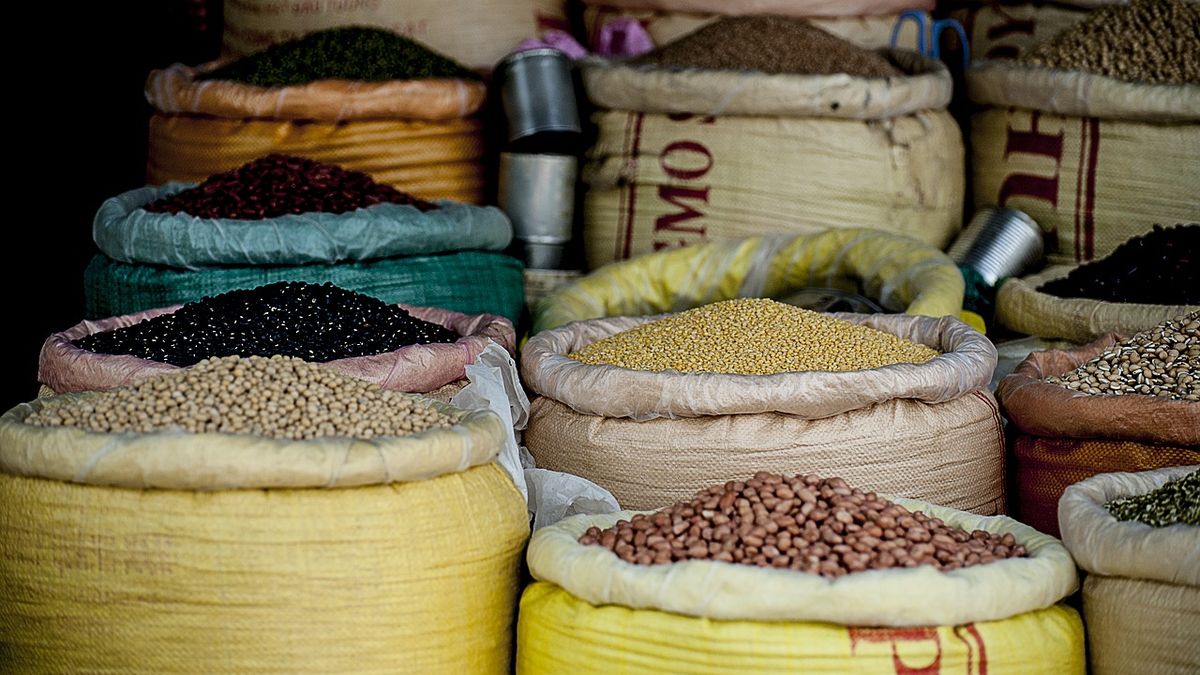
[ad_1]
The foods that have increased the most according to the FAO are sugar (9.6% since July), cereals (3.4% in August compared to the previous month), vegetable oils (6.7%). Regarding meat, it increased slightly in August and the price index for dairy products fell slightly over the month.
The FAO said the decline in its estimate of world cereal production this year was caused by persistent drought conditions in several of the major producing countries. Among the major grains, the forecast for wheat production recorded the largest downward revision (15.2 million tonnes in July to 769.5 million tonnes) mainly due to adverse weather conditions in the United States, in Canada, Kazakhstan and Russia.
How does this affect Argentina?
Argentina is among the top five production and export positions for soybeans, soybean meal and oil, corn and beef, while it ranks tenth as a producer of wheat and seventh exporter of this cereal. Argentina produces between 12 and 13% of the soybeans, flour and soybean oil in the world and, while it exports 3.5% of the soybean exported to the world, meal and soybean oil. soybeans represent 42 and 50% of the total volume exported in the world. Regarding maize, 4.3% of world maize is produced and we export 18.1% of the total volume of maize exported.
At the same time, from Agriculture, Livestock and Fisheries of the Nation, they reported that agrifood exports from regional economies recorded a slight recovery of 1.1% in value and 7.8% of their average price, taking into account the January-July period. 2021, compared to the same period of the previous year.
The increase in grain, oilseed and meat food products in the world could benefit Argentina: first, more currencies would come in that would benefit the public accounts in dollars to meet the commitments with the external creditors to which the country is confronted. It is only in the first half of the year that companies in the agribusiness sector liquidated $ 3,358 million and in the cumulative figure for the first half of the year reached a record figure of $ 16,659 millionThis is indicated by a report by the Chamber of the Petroleum Industry of the Argentine Republic (CIARA) and the Center of Cereal Exporters (CEC), entities which represent 48% of Argentina’s exports.
However, the good news at the international level cannot be reconciled with what is happening in the internal market. In August, food prices continued their upward trend, which would put further pressure on inflation. On a monthly basis, the indicator posted an increase of 3.2%. The increases in Bakery, cereals and pasta (6.3%) stand out; followed by condiments (4.7%), drinks and infusions (4.2%), meats (3.2%) and oils (3.1%).
Beyond the various price controls that the government has adopted in its quest to contain the rise in food prices, certain factors may affect the increase: the parity which will begin to be reflected from this month, the monetary issue and the inflation, which always continues to put pressure on the cost chain, means that the price of food at the international level has no impact on the benefits for the domestic market.
Source link
 Naaju Breaking News, Live Updates, Latest Headlines, Viral News, Top Stories, Trending Topics, Videos
Naaju Breaking News, Live Updates, Latest Headlines, Viral News, Top Stories, Trending Topics, Videos